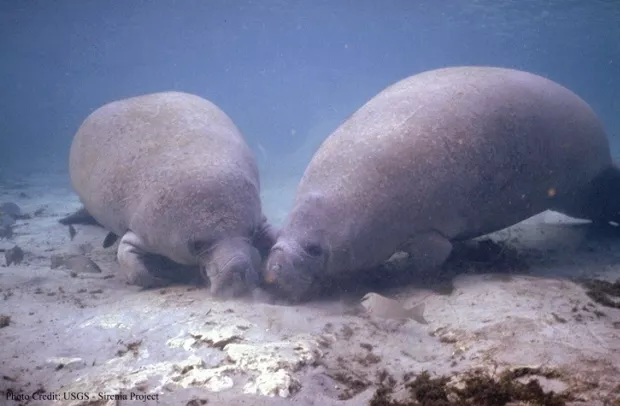Listening in on manatees can determine population numbers
Individual manatees can be identified by their voices; and this can facilitate their conservation, according to a new study.
To successfully conserve and restore manatee populations, scientists need to know how many of them there are in a specific habitat. This isn’t always easy to find out, particularly in the Bocas del Toro province in Panama, where Antillean manatees live in turbid brackish waters, covered by thick aquatic vegetation.
Other methods, like aerial and sonar surveys, and infrared cameras, present logistical challenges and can be costly.
"Estimating the manatee population in Panama is like working in total darkness: you cannot count what you cannot see," said Hector M Guzman, a marine ecologist at the Smithsonian Tropical Research Institute (STRI).
Clearly, visual counting isn’t an adequate solution.
Own voices
Going by the fact that all manatees have their own voice—their whistles, squeals and chirps can be traced to specific individuals—the scientists at the STRI and the Universidad Tecnologica de Panama (UTP) sought to capitalise on this fact.
After nearly two years of development and analysis, the team (which involved different specialists, including signal-processing specialists from the UTP) managed to process more than 375,800 two-minute audio clips derived from three years of continuous monitoring.
The result? The scientists were able to successfully count and identify individual manatees from the Bocas del Toro protected wetlands.
"Now, we can identify where, when and who is there, which we ecologists need to model population size and changes in time and space," said Guzman.
Comparing the estimates derived via this acoustic method with the estimates from previous studies showed that the results were similar. Hence, this acoustic-monitoring method can aid in detecting the seasonal presence of manatees in a specific area.

























